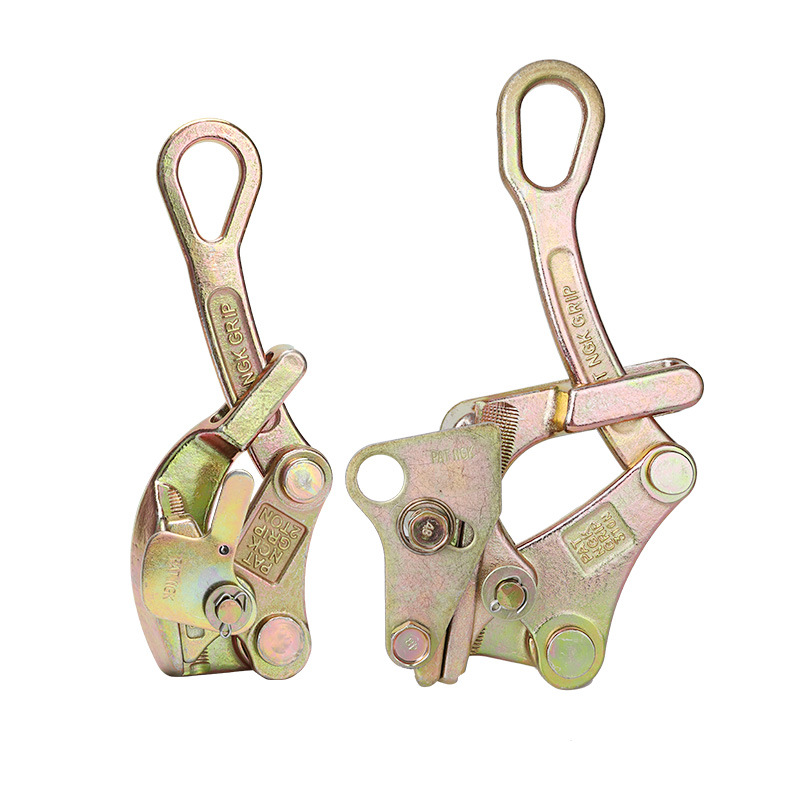
-
 Afrikaans
Afrikaans -
 Albanian
Albanian -
 Amharic
Amharic -
 Arabic
Arabic -
 Armenian
Armenian -
 Azerbaijani
Azerbaijani -
 Basque
Basque -
 Belarusian
Belarusian -
 Bengali
Bengali -
 Bosnian
Bosnian -
 Bulgarian
Bulgarian -
 Catalan
Catalan -
 Cebuano
Cebuano -
 Corsican
Corsican -
 Croatian
Croatian -
 Czech
Czech -
 Danish
Danish -
 Dutch
Dutch -
 English
English -
 Esperanto
Esperanto -
 Estonian
Estonian -
 Finnish
Finnish -
 French
French -
 Frisian
Frisian -
 Galician
Galician -
 Georgian
Georgian -
 German
German -
 Greek
Greek -
 Gujarati
Gujarati -
 Haitian Creole
Haitian Creole -
 hausa
hausa -
 hawaiian
hawaiian -
 Hebrew
Hebrew -
 Hindi
Hindi -
 Miao
Miao -
 Hungarian
Hungarian -
 Icelandic
Icelandic -
 igbo
igbo -
 Indonesian
Indonesian -
 irish
irish -
 Italian
Italian -
 Japanese
Japanese -
 Javanese
Javanese -
 Kannada
Kannada -
 kazakh
kazakh -
 Khmer
Khmer -
 Rwandese
Rwandese -
 Korean
Korean -
 Kurdish
Kurdish -
 Kyrgyz
Kyrgyz -
 Lao
Lao -
 Latin
Latin -
 Latvian
Latvian -
 Lithuanian
Lithuanian -
 Luxembourgish
Luxembourgish -
 Macedonian
Macedonian -
 Malgashi
Malgashi -
 Malay
Malay -
 Malayalam
Malayalam -
 Maltese
Maltese -
 Maori
Maori -
 Marathi
Marathi -
 Mongolian
Mongolian -
 Myanmar
Myanmar -
 Nepali
Nepali -
 Norwegian
Norwegian -
 Norwegian
Norwegian -
 Occitan
Occitan -
 Pashto
Pashto -
 Persian
Persian -
 Polish
Polish -
 Portuguese
Portuguese -
 Punjabi
Punjabi -
 Romanian
Romanian -
 Russian
Russian -
 Samoan
Samoan -
 Scottish Gaelic
Scottish Gaelic -
 Serbian
Serbian -
 Sesotho
Sesotho -
 Shona
Shona -
 Sindhi
Sindhi -
 Sinhala
Sinhala -
 Slovak
Slovak -
 Slovenian
Slovenian -
 Somali
Somali -
 Spanish
Spanish -
 Sundanese
Sundanese -
 Swahili
Swahili -
 Swedish
Swedish -
 Tagalog
Tagalog -
 Tajik
Tajik -
 Tamil
Tamil -
 Tatar
Tatar -
 Telugu
Telugu -
 Thai
Thai -
 Turkish
Turkish -
 Turkmen
Turkmen -
 Ukrainian
Ukrainian -
 Urdu
Urdu -
 Uighur
Uighur -
 Uzbek
Uzbek -
 Vietnamese
Vietnamese -
 Welsh
Welsh -
 Bantu
Bantu -
 Yiddish
Yiddish -
 Yoruba
Yoruba -
 Zulu
Zulu


Aug . 20, 2024 19:32 Back to list
Effective Techniques for Using a Fish Tape Puller Tool in Electrical Wiring Projects
The Essential Tool for Electricians Fish Tape Puller
When it comes to electrical installations and repairs, one of the most critical tools that an electrician can have in their arsenal is the fish tape puller. This tool is specifically designed for pulling wire through walls, ceilings, and conduits, making it an indispensable asset for both professional electricians and DIY enthusiasts. In this article, we will explore the functions, benefits, and best practices for using a fish tape puller.
What is Fish Tape?
Fish tape, also known as a wire puller, is a long, flat, flexible steel or fiberglass strip that can be easily maneuvered through tight spaces. It typically comes wound up in a circular reel, which allows for easy storage and transportation. The end of the tape often features a hook or loop, which can be attached to the wire needing to be pulled through the conduit or wall.
How Does a Fish Tape Puller Work?
Using a fish tape puller is an efficient way of running wires where access is limited. To use the tool, the electrician feeds the fish tape into the conduit or wall cavity until it reaches the desired location. Once the tape has reached the endpoint, the wire is attached to the end of the fish tape, allowing the electrician to pull the wire back through effortlessly. This technique is especially useful for pulling multiple wires or larger cables, which can be cumbersome and challenging to handle without the aid of a fish tape.
Benefits of Using a Fish Tape Puller
1. Efficiency One of the primary advantages of using a fish tape puller is the speed and ease it offers in wiring jobs. Electricians can complete installations in a fraction of the time it would take to do so without the right tools.
2. Access to Tight Spaces Fish tape is designed to navigate through tight bends and corners where traditional wire pulling may not be feasible. This feature allows electricians to work efficiently in spaces that would otherwise pose a challenge.
fish tape puller tool

3. Reduced Risk of Damage When using fish tape, the risk of damaging existing wires, walls, or conduits is significantly minimized. The tool is designed to slide smoothly through conduits, reducing the potential for snags and tears.
Best Practices for Using a Fish Tape Puller
To achieve the best results when using a fish tape puller, it is essential to follow some best practices
- Choose the Right Size Fish tape comes in various lengths and thicknesses. Select one that suits your specific project requirements to ensure ease of use.
- Use Lubricants For longer runs or tight bends, applying a wire-pulling lubricant can make the process smoother. This reduces friction and makes it easier to pull wires through.
- Be Gentle Avoid pulling too hard on the tape, as this can damage both the fish tape and the wire being pulled. A steady, gentle pull is usually most effective.
- Inspect Regularly Ensure that the fish tape is in good condition before use. Look for any bends, kinks, or signs of wear that could affect its performance.
In conclusion, a fish tape puller is an essential tool for anyone involved in electrical work. Its efficiency and ability to navigate tight spaces make it a favorite among electricians. Whether you're a seasoned professional or a weekend warrior, having a fish tape puller on hand can significantly enhance the ease and quality of your wiring projects.
Latest news
What Are Construction Tools and How Are They Used?
NewsJul.11,2025
Professional-Grade Duct Rodding Tools for Superior Cable Installation
NewsJul.11,2025
Enhancing Safety and Efficiency with Modern Hot Stick Solutions
NewsJul.11,2025
Empowering Cable Installation with Advanced Rodder Solutions
NewsJul.11,2025
Elevate Your Cable Installation Projects with Cable Pulling Tools
NewsJul.11,2025
Efficient Cable Handling Solutions: Cable Rollers for Sale
NewsJul.11,2025











